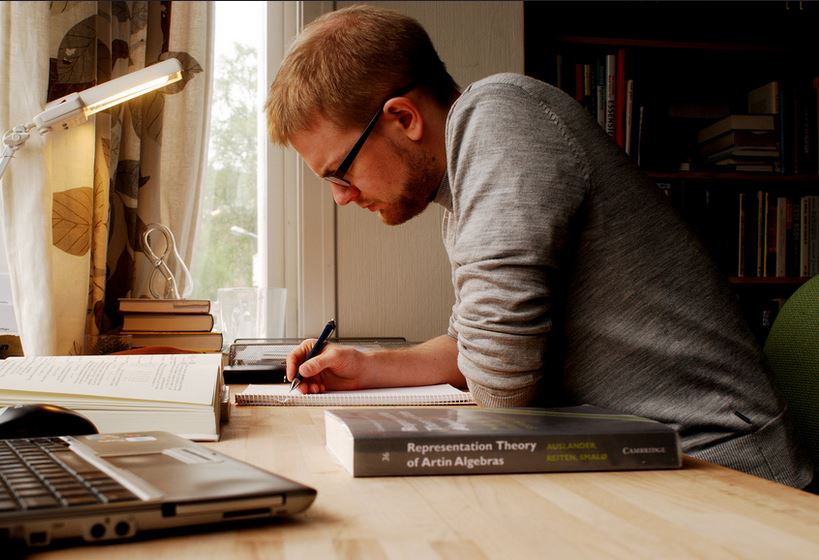A variety of news outlets have reported the rapidly declining SAT scores of the nation’s high school students. Bloomberg went so far as to use the headline: “Students Bombed the SAT This Year…”
The charts provided by Bloomberg via The College Board are compelling and tell a much larger story of what has (or hasn’t) happened in the public school system over the decades, particularly the reading and writing charts.



When it comes to reading and writing, the country is certainly not looking like it’s on a good course. As the Washington Post reported on the same topic:
“The steady decline in SAT scores and generally stagnant results from high schools on federal tests and other measures reflect a troubling shortcoming of education-reform efforts. The test results show that gains in reading and math in elementary grades haven’t led to broad improvement in high schools, experts say. That means several hundred thousand teenagers, especially those who grew up poor, are leaving school every year unready for college.
‘Why is education reform hitting a wall in high school?’ asked Michael J. Petrilli, president of the Thomas B. Fordham Institute, a think tank. ‘You see this in all kinds of evidence. Kids don’t make a whole lot of gains once they’re in high school. It certainly should raise an alarm.'”
Here in Minnesota, we’re more of an ACT state. On the one hand, overall our kids beat the national average. But when you parse the data, things don’t look as good and seem to match what we’re seeing in the overall performance of high school students in Minnesota.

In the chart above, you can see that while white students are doing well in Minnesota, minority students are not doing as well.

And in the chart above, things become much more worrisome. For 2015, 78% of Minnesota’s graduating class took the ACT, but only 39% of those students were considered college-ready in all four categories. More distressing, less than 60% were college-ready in Mathematics and Reading.
Less than 60% of students being college-ready in Mathematics and Reading according to the ACT reinforces what the state’s Minnesota Comprehensive Assessments (MCAs) have revealed and what the Washington Post bemoaned: High school education isn’t preparing the kids for college or careers.
Consider the chart below:

While 80% of Minnesota’s seniors graduate each year, give or take a percentage point difference, the high school proficiency scores are far from that level. In 2015, only 57% of 10th grade students in Minnesota were considered at grade level for Reading. Worse, less than half of 11th grade students were considered at grade level for Math.
Those are awful, awful numbers. It is a terrible injustice to hand a young person a diploma knowing that far too many haven’t earned it and are unprepared for life after high school.
The problem cuts across demographic lines of wealth and poverty, hinting that we have a systemic problem in our current education system.
Below is a chart representing just the urban school districts of Bloomington, Brooklyn Center, Minneapolis, Richfield, and St. Paul.

Within the urban core, the combined graduation rate in 2015 was 70%. But only 33% of 11th grade students in the urban core are at grade level for Math and only 37% of 10th grade students are at grade level for Reading. Of the high percentage of students graduating in the urban core, how many are really ready?
But the problem isn’t limited to urban school districts. Edina High School, which is often considered one of the best high schools in the state, has a high graduation rate but a much lower percentage of students who are at grade level for Math and Reading. As you can see in the chart below, only 70% of 11th grade students in Edina are at grade level for Math and only 77% of 10th grade students are at grade level for Reading.

It’s one thing to make broad statements about the education system faltering and not doing what we expect of it. It is another thing entirely to recognize that it’s not just kids in other states or schools who are doing poorly, that it is our kids in our schools who are being let down by the current education system.
If we are going to turn things around and properly prepare young Minnesotans and Americans for college and careers, we must be willing to confront reality … no matter how uncomfortable that reality may be.
This post was used with reprinted with permission courtesy of Better Ed. The original post can be found here.
















Leave a Comment
Your email address will not be published. Required fields are marked with *